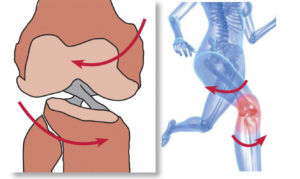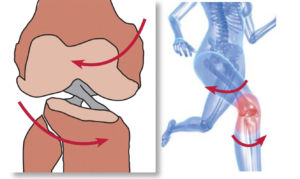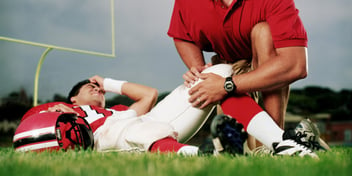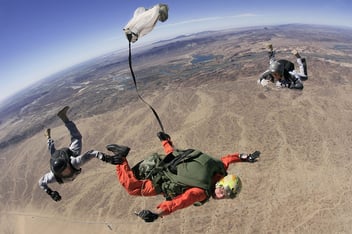 Sports injuries are injuries that occur when exercising or playing sports. They can happen when one is in the field or a gym. Other sport injuries can result from improper gear and poor training practices. Some people get injured when they are not physically fit. Lack of proper stretching or warm up techniques before you exercise or play can also cause injuries. Some of the most common sport injuries are:
Sports injuries are injuries that occur when exercising or playing sports. They can happen when one is in the field or a gym. Other sport injuries can result from improper gear and poor training practices. Some people get injured when they are not physically fit. Lack of proper stretching or warm up techniques before you exercise or play can also cause injuries. Some of the most common sport injuries are:
- Dislocations
- Fractures
- Shin bone pain
- Achilles tendon injuries
- Swollen muscles
- Knee injuries
- Strains and sprains
Difference between chronic and acute injuries
There are two major kinds of sport injuries: chronic and acute. Acute injuries happen suddenly during exercise or play. Fractured hands, strained backs and sprained ankles are all examples of acute injuries. Signs of acute injuries are:
- A joint or bone that is visibly out of place
- Extreme arm or leg weakness
- The inability to move a joint as normal
- A finger, hand, wrist, arm or elbow that is very tender
- Not being able to place weight on a foot, ankle, knee or leg
- Swelling
- Sudden, severe pain
Chronic injuries mainly occur after you exercise or play a certain sport for long. Some chronic injury signs include swelling, a dull ache when you are resting, pain during exercise and pain when you play.
What to do when injured
Avoid trying to work through the pain of any sports injury. It is advisable to stop exercising or playing when you feel pain. Continuous exercise or pay after an injury will result with more harm. Some injuries require immediate medical attention while others can be treated easily at home. Medical attention should be sought when:
- A joint feels unstable or abnormal
- An old injury begins to swell
- An old injury aches or hurts
- You are unable to put weight on the area
- The injury causes severe numbness, swelling or pain
Treatment options for sports injuries
Treatments for sport injuries will vary with the type of injury. For chronic injuries, the treatment may be use of NSAIDs (Non-steroidal Anti-Inflammatory Drugs). The doctor may suggest you take NSAIDs such as ibuprofen and aspirin. These drugs reduce pain and swelling. They are available at a drug store or pharmacy. Another drug that can be used is acetaminophen. It may not reduce the swelling, but it will relieve the pain.
Immobilization is another common treatment for sports injuries. It ensures the injured area is not damaged more by keeping it from moving. Leg immobilizers, casts, splints and slings are used to immobilize sports injuries.
A large number of injuries can be treated using compression, rest and ice. It is prudent to avoid the sports/workout that caused the injury until it has healed completely. In the event the injury was major, a massage and physiotherapy might be the best way to go. This is especially the case when the injury is muscle related.
Common injuries such as sprains can be healed by massage therapy. Massage therapy is a very effective solution for injured muscles. In this case, one should consider using the services of an expert and professional massage therapist. The best option would be a therapist who specializes in treatment of sporting injuries. When an amateur is used to handle an injured athlete, they may make the matter worse.




